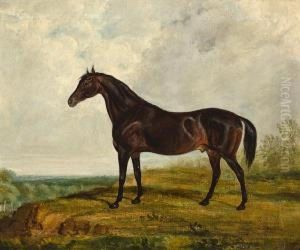J.W Sloan Paintings
John French Sloan was an American painter and etcher. He was born on August 2, 1871, in Lock Haven, Pennsylvania, but spent most of his life working in New York City. Sloan is best known as one of the founders of the Ashcan School of American art. He and his colleagues were part of a movement that sought to depict the realities of life in New York City, focusing on the everyday lives of its inhabitants with a gritty, realistic style. Sloan's work often portrayed the social realities of the time, capturing scenes of urban life including the streets, cafes, and social interactions of the working class.
Before moving to New York in 1904, Sloan began his artistic career as an illustrator in Philadelphia. There, he became a part of a group of artists known as the 'Philadelphia Four', which included Robert Henri, George Luks, and William Glackens, all of whom would later be associated with the Ashcan School in New York. Sloan's transition from illustration to painting marked a significant turn in his career, allowing him to delve deeper into the social commentary that would define his work. His paintings such as 'McSorley’s Bar', 'The City from Greenwich Village', and 'Sunday, Women Drying Their Hair' are emblematic of his focus on the urban landscape and its inhabitants.
Sloan was not only a painter but also a teacher and writer. He taught at the Art Students League of New York for many years, influencing a new generation of artists. His teachings and writings on art were compiled and published, contributing to the discourse on American art and its development. Sloan's commitment to depicting the reality of urban life, combined with his role as an educator, cemented his place in American art history.
Throughout his career, Sloan remained committed to the principles of the Ashcan School, advocating for an art form that was accessible and relevant to the common man. He was a vocal critic of the commercialization of art and sought to uphold the value of artistic integrity over commercial success. Despite this, his work was well-received in his lifetime, and today, Sloan is celebrated for his contributions to American realism and for his role in portraying the vibrancy and complexity of early 20th-century urban life.
John French Sloan passed away on September 7, 1951, in Hanover, New Hampshire. His legacy lives on through his numerous paintings and etchings that offer a window into a pivotal era in American history. Sloan's dedication to capturing the essence of New York City and its people has made him an enduring figure in the world of art, remembered for his ability to find beauty and dignity in the seemingly mundane aspects of daily life.
